









"Limitation is the mother of good management", Michael Evanari
Location: Southwestern Oregon (Jackson County), Zone 7








Brenda
Bloom where you are planted.
http://restfultrailsfoodforestgarden.blogspot.com/








Brenda Groth wrote:
..so i figured if i draw more birds to that area then they'll take care of the excess earwigs..might work for any other bug problems??




Brenda
Bloom where you are planted.
http://restfultrailsfoodforestgarden.blogspot.com/












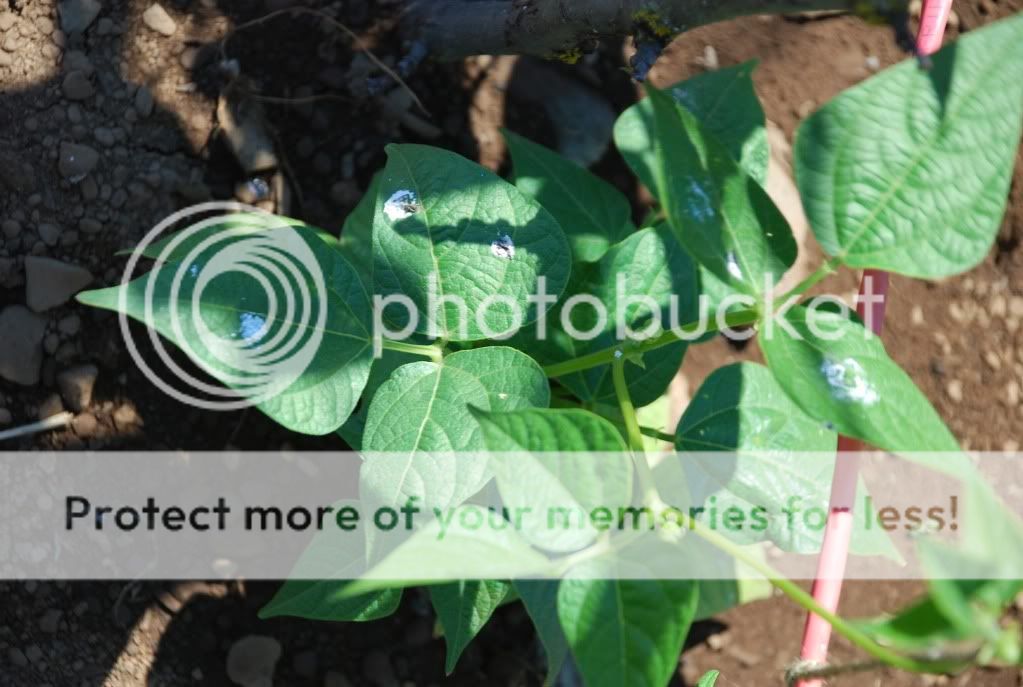

 :
:
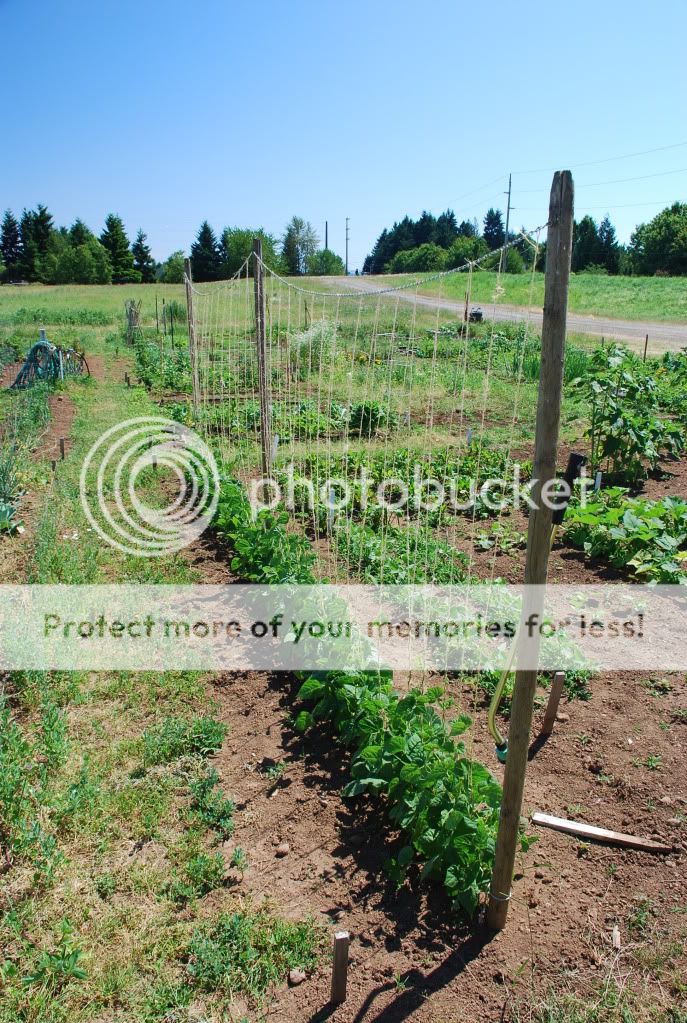

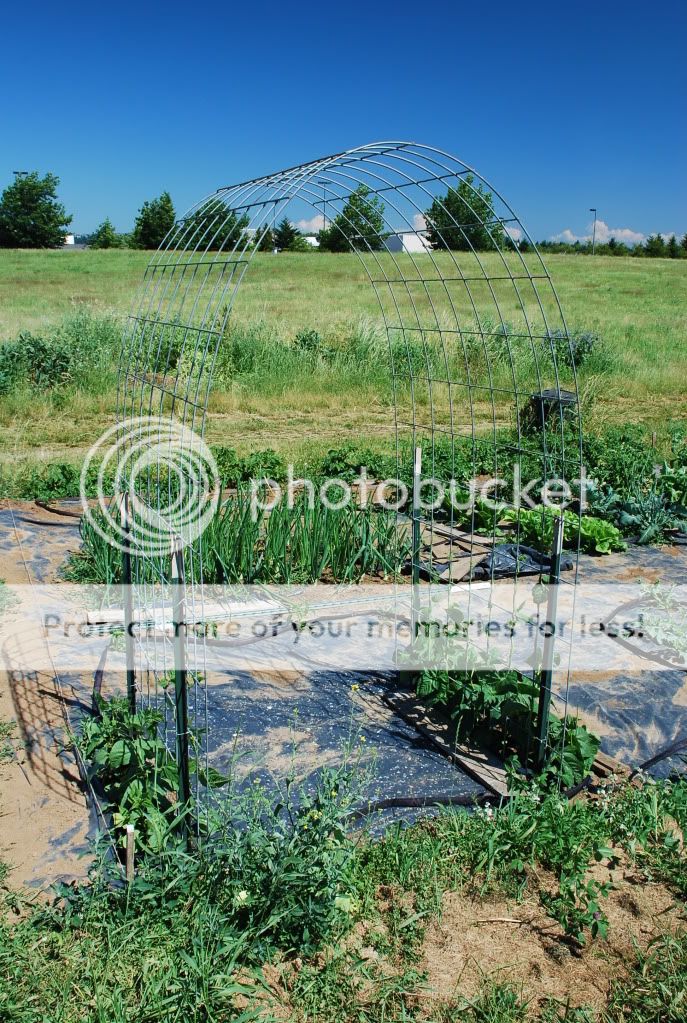
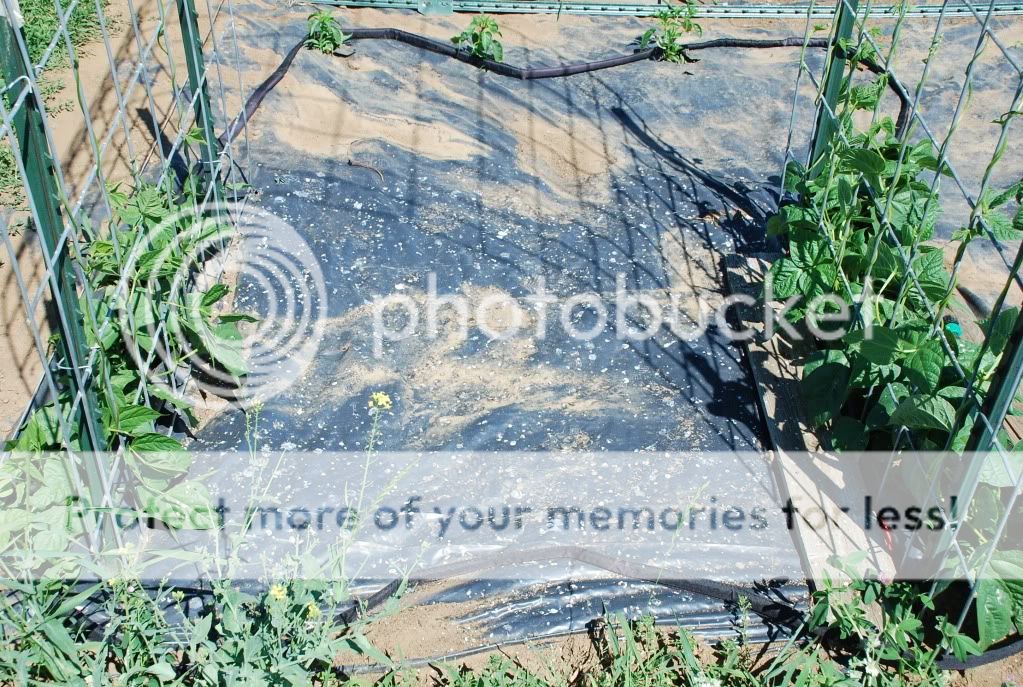
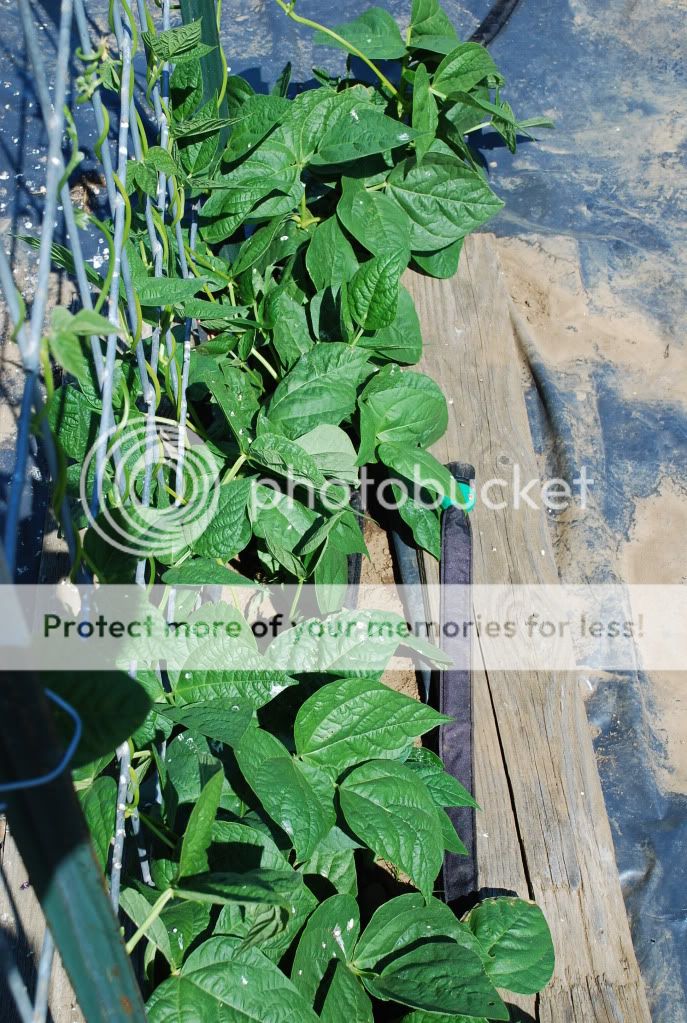

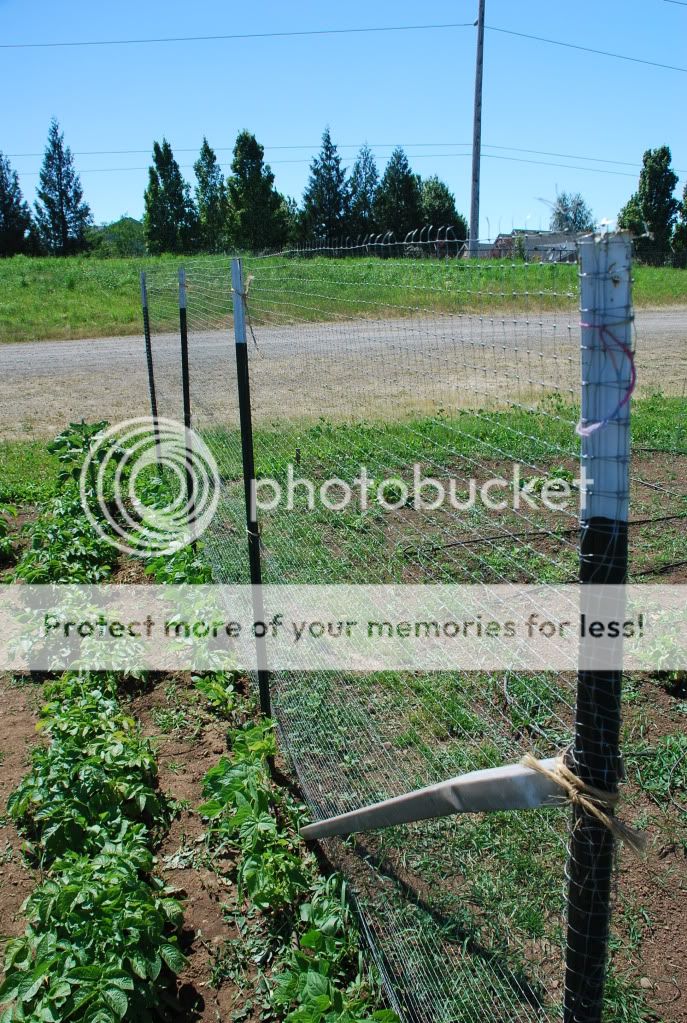
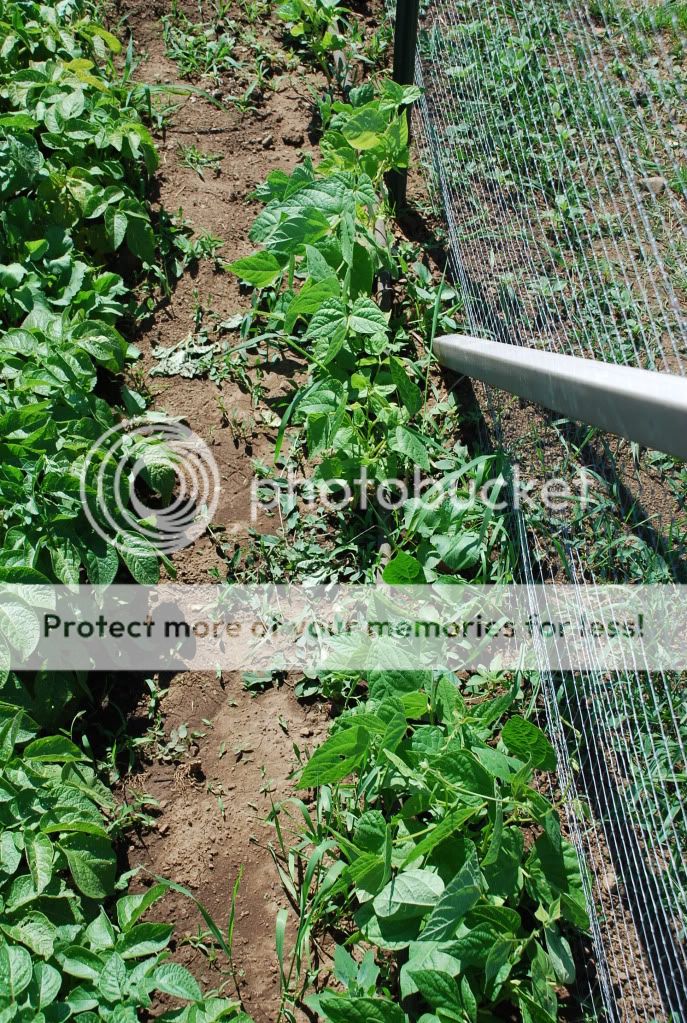




Brenda
Bloom where you are planted.
http://restfultrailsfoodforestgarden.blogspot.com/













"the qualities of these bacteria, like the heat of the sun, electricity, or the qualities of metals, are part of the storehouse of knowledge of all men. They are manifestations of the laws of nature, free to all men and reserved exclusively to none." SCOTUS, Funk Bros. Seed Co. v. Kale Inoculant Co.




Brenda
Bloom where you are planted.
http://restfultrailsfoodforestgarden.blogspot.com/




On the border of Zones 5 & 6 on the last 2 acres of what was once a large farm. Flat, flat and more flat!

|
I guess everyone has an angle. Fine, what do you want? Just know that you cannot have this tiny ad:
Freaky Cheap Heat - 2 hour movie - HD streaming
https://permies.com/wiki/238453/Freaky-Cheap-Heat-hour-movie
|


